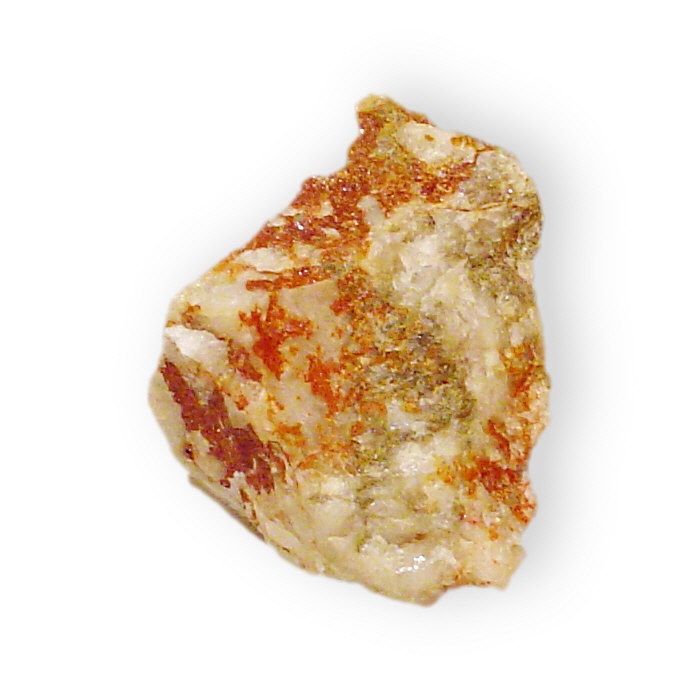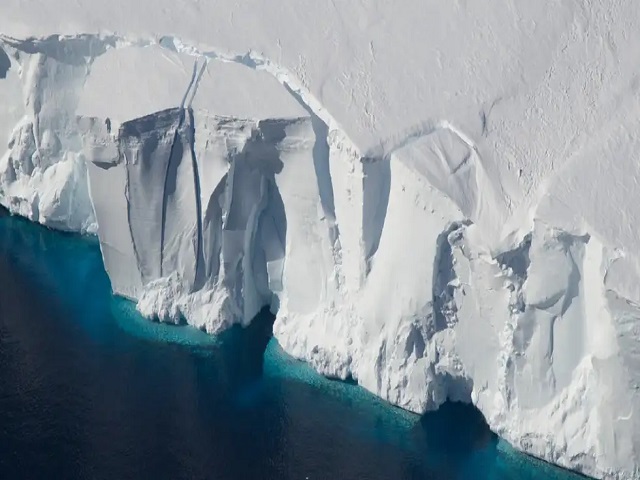Why in News?
Jarosite has been found in the ice cores that were extracted from Antarctica by a team of international researchers recently. A paper was published in the Nature Communications then that described ion detail about it. Take a look below.

All about Jarosite:
- Jarosite is a family of iron-hydroxy sulphate minerals generally occurring in acidic, sulfate-rich environments.
- These are also found in mining and ore processing wastes. As per the research, the end-member jarosite consists of potassium and has the chemical formula of KFe3(SO4)2(OH)6.
- The extensive element substitution process occurs in the crystal structure for potassium, iron, and sulfur.
- Jarosite group minerals also include ammoniojarosite, argentojarosite, natrojarosite, and plumbojarosite, in which ammonium, silver, sodium, and lead, respectively, substitute for potassium.
- Environments in which jarosite group minerals commonly form as secondary minerals include the oxidized zones (gossans) of sulfide ore deposits, areas of acid mine drainage, and acidic soils.
- As per a study, this mineral is rarely found on Earth but is quite abundant on Mars as there is a large amount of dust on the red soil.
- Jarosite is also formed as a by-product of purification and refining of zinc.

Significance of the discovery:
- On our planet mixing of sulfuric acid with groundwater results in the formation of jarosite. Although, the right balance of these situations is necessary for its formation to occur.
- In case, the ratio changes this same mineral transforms into goethite. The space scientists were perplexed to find jarosite on Mars as it lacked the required conditions. Now the mineral has been found submerged in the icy core of Antarctica.
- There has been another theory suggesting that jarosite may have been formed from the dust trapped in ice deposits on Mars. These conditions are similar to those discovered in Antarctica.
.jpg)
How was Jarosite found in Antarctica?
A team of scientists embarked on its mission with the main objective to study minerals in deep ice cores. This would have helped them to understand the ice age cycles.
It was led by the researchers of the University of Milano-Bicocca in Italy. While the team was investigating a 5,315-foot deep ice core or TALDICE based in Talos Dome of East Antarctica, they stumbled upon a unique and different mineral that was rarely found on Earth. The team then studied this yellow-brown substance-using various techniques like X-ray absorption testing and electron microscopy to confirm that it is indeed jarosite.
Comments
All Comments (0)
Join the conversation